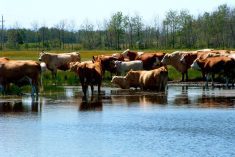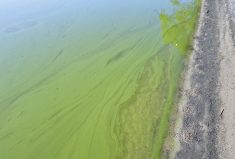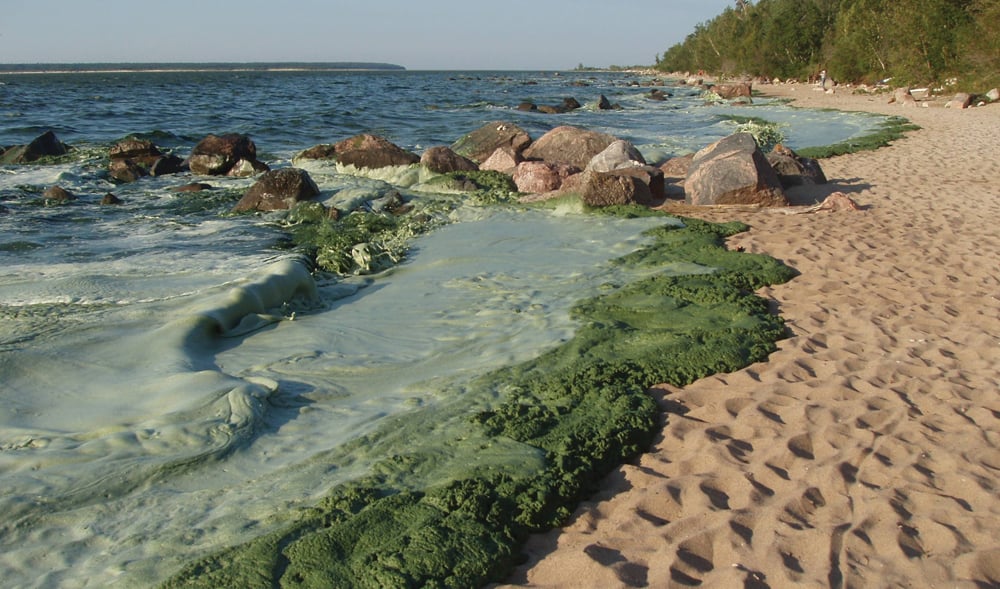Plans for a nutrient management strategy for the Red River watershed have been endorsed by the International Red River Board of the International Joint Commission.
Representatives of North Dakota, Minnesota and Manitoba, the Red River Basin Commission (RRBC) and federal agencies from both countries have agreed to work together across various jurisdictions within the watershed.
“The reduction of nutrients will improve water quality and the health not only of Lake Winnipeg but of all surface waters across the international Red River watershed,” said Nicole Armstrong, director of Manitoba’s Water Science and Management Branch of Manitoba Conservation and Water Stewardship.
Read Also

The joys of fishing from shore
Manitoba has many lake and river shorelines to drop a fishing line without the cost of a boat, making shore fishing more accessible, and anglers can still catch impressive fish.
Information on nutrient reduction efforts already underway will be collected, and committee members will exchange information on nutrient control activities such as treatment technologies, best management practices and educational programs.
Reducing nutrient inputs in respective jurisdictions will also be discussed, as well as efforts to develop nutrient load allocation and/or water quality targets for nutrients for the Red River.
Implementation of the outcomes of the nutrient management strategy will be a future topic of discussion between and within jurisdictions.
Nutrients such as phosphorus and nitrogen enter lakes and rivers from fields, discharges from waste water treatment facilities and other sources and cause excessive growth of algae and other plants leading to problems with water clarity and dissolved oxygen levels.
Minnesota Pollution Control Agency commissioner Paul Aasen said the committee will pursue a consensus-based approach to decision-making.
“We recognize that ultimately local jurisdictions will make final decisions regarding the nutrient reduction measures that are most appropriate for their own jurisdictions, but the committee will help facilitate the exchange of information and promote consistency wherever possible.”
Aasen said an important first step will be to identify high-priority areas in order to focus resources on those areas first.
“Another priority is the health of Lake Winnipeg. Monitoring progress in the lake is a good way to gauge the effectiveness of nutrient reduction efforts,” said Aasen.
Dennis Fewless, director of the North Dakota Department of Health’s Division of Water Quality, said that preserving water quality in the watershed is the responsibility of the people who live in it.
“The committee’s goal is to develop a strategy based on sound science and basin-wide co-operation, while retaining the nutrient management efforts unique to each jurisdiction,” said Fewless.
RRBC has been working across the state, provincial and international boundaries for over a decade and has developed a vision for the future called the Natural Resource Framework Plan that has 13 basin-wide goals.
Lance Yohe, executive director of RRBC, said that the nutrient management strategy addresses goal No. 9 – improving water quality.
“We are excited that Manitoba, Minnesota and North Dakota are in agreement on the importance of this issue and are willing to explore a strategy. This is an example of the type of cross-border co-operation that is needed to find solutions that will provide lasting results,” said Yohe, in a press release.


















